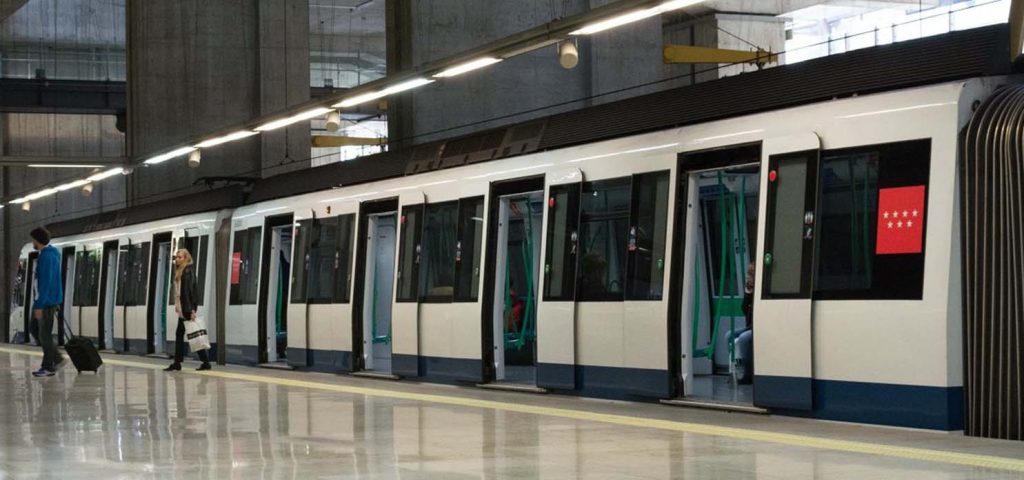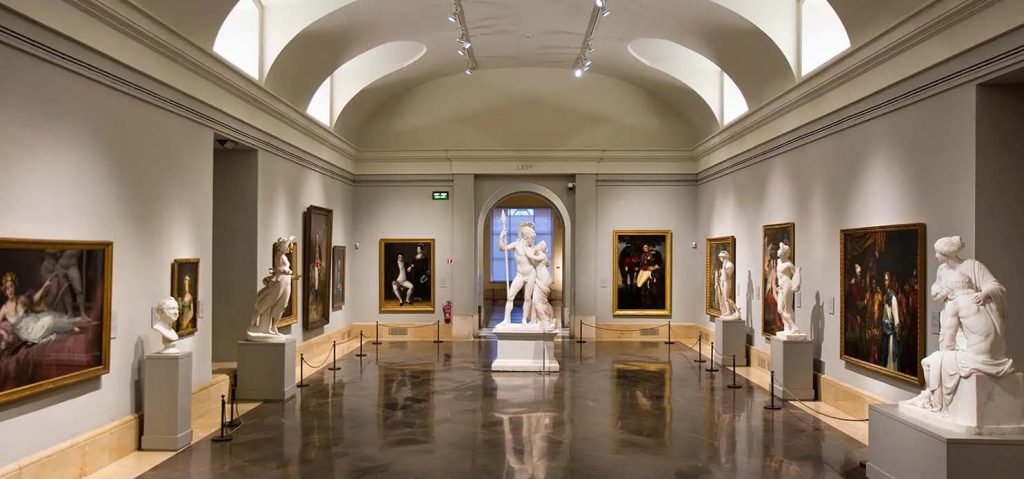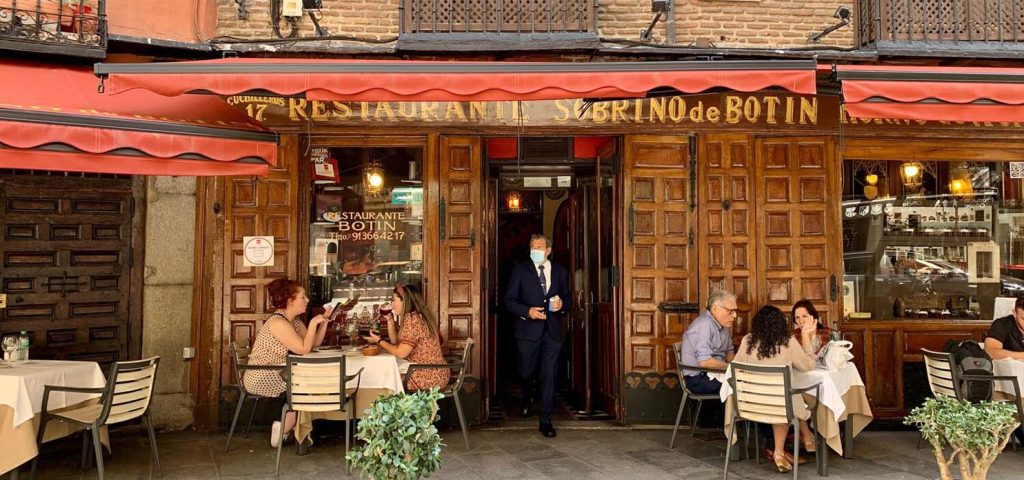Madrid, the vibrant heart of Spain, is a city that blends rich history with modern flair. From its grand boulevards and historic landmarks to its bustling tapas bars and lively nightlife, Madrid offers a wealth of experiences for every type of traveler. Having recently visited this incredible city, I’ve put together a comprehensive guide to help you make the most of your first trip to Madrid. Whether you’re a history buff, a foodie, or an art lover, this guide will cover everything you need to know, including essential tips, must-see attractions, and local etiquette.
Preparing for Your Trip
Travel Essentials
Before you embark on your journey, there are a few essential items and preparations you’ll need:
- Travel Documents: Ensure your passport is valid for the duration of your stay. Depending on your nationality, you may need a visa to enter Spain, so check the requirements in advance.
- Currency: Spain uses the Euro (€). It’s a good idea to have some cash on hand for small purchases, but credit cards are widely accepted.
- Language: Spanish is the official language. While many people in Madrid speak English, especially in tourist areas, learning a few basic phrases in Spanish can be very helpful.
What to Pack
Madrid enjoys a Mediterranean climate, which means hot summers and mild winters. Here’s what you should pack:
- Comfortable Shoes: You’ll be doing a lot of walking, so comfortable shoes are a must.
- Lightweight Clothing: Pack light, breathable clothing for the hot months, and layers for cooler evenings.
- Sun Protection: Sunglasses, sunscreen, and a hat are essential for protecting yourself from the sun.
- Reusable Water Bottle: Stay hydrated while exploring the city.
Arriving in Madrid
Airport and Transportation
Madrid-Barajas Adolfo Suárez Airport is the main gateway to the city. Here’s how to get from the airport to the city center:

- Metro: The easiest and most affordable way to get to the city is via Line 8 (the pink line), which connects the airport to the city center. The journey takes about 25 minutes and costs approximately €5 (including a €3 supplement).
- Taxi: Taxis are available at the airport and offer a flat rate of around €30 to the city center. This option is more expensive but convenient if you have a lot of luggage.
- Airport Shuttle: Some hotels offer shuttle services, so check with your accommodation in advance.
Checking into Your Hotel
I stayed at the Hotel Catalonia Gran Vía, located right in the heart of Madrid. Here’s what you need to know about it:
- Location: Situated on Gran Vía, it’s in a prime location with easy access to shopping, dining, and major attractions.
- Booking: I booked through their official website, which often provides the best rates and offers. You can also use booking platforms like Booking.com or Expedia.
- Arrival: The hotel is a short walk from the metro station and well-connected by public transport.
- Environment: The hotel combines modern amenities with classic elegance. The rooms are spacious, clean, and comfortable.
- Facilities: There’s a rooftop pool, fitness center, and a restaurant serving both local and international cuisine.
- Experience: My stay was delightful. The staff were friendly and helpful, and the location was unbeatable. I’d rate it 4.5 out of 5 stars for its excellent service and convenient location.
Exploring Madrid: Must-See Attractions
1. The Royal Palace of Madrid
Location: Plaza de Oriente, Madrid
The Royal Palace is the official residence of the Spanish royal family, although it’s mainly used for state ceremonies. It’s one of the largest palaces in Europe and a must-see for its opulent architecture and grand interiors.
- How to Get There: Take Metro Line 5 to Ópera Station, which is a short walk from the palace.
- Tickets: Entry costs around €13, but free admission is available on certain days of the month. You can purchase tickets online or at the entrance.
- Recommendation: Allocate at least 2 hours to explore the palace. Don’t miss the Royal Armory and the Throne Room.
2. Prado Museum
Location: Calle de Ruiz de Alarcón 23, Madrid
The Prado Museum is Spain’s premier art museum and houses one of the finest collections of European art, including works by Velázquez, Goya, and El Greco.

- How to Get There: Metro Line 2 to Banco de España Station is the nearest stop.
- Tickets: General admission is about €15. Free entry is available in the evenings (6-8 p.m.) on certain days. Tickets can be bought online to avoid long queues.
- Recommendation: Spend 2-3 hours here. The museum’s collection is vast, so focus on the highlights or take a guided tour.
3. Retiro Park
Location: Plaza de la Independencia 7, Madrid
Retiro Park is Madrid’s green oasis, perfect for a relaxing stroll or a boat ride on the lake. It’s also home to several beautiful sculptures and monuments.
- How to Get There: Take Metro Line 2 to Retiro Station. The park is a short walk from the station.
- Tickets: The park is free to enter, though some attractions within, like the Crystal Palace, may have a small fee.
- Recommendation: Allocate at least 1-2 hours. Don’t miss the Crystal Palace and the large lake where you can rent a rowboat.
4. Plaza Mayor
Location: Plaza Mayor, Madrid
Plaza Mayor is a historic square that has been the heart of Madrid since the 16th century. It’s surrounded by charming cafes and shops, making it a great spot for people-watching.
- How to Get There: Metro Line 1 to Sol Station, then a short walk.
- Tickets: No admission fee to enter the square.
- Recommendation: Spend about an hour here. Enjoy a coffee or tapas at one of the many cafes lining the square.
5. Gran Vía
Location: Gran Vía, Madrid
Known as Madrid’s Broadway, Gran Vía is a bustling street filled with theaters, shops, and restaurants. It’s the perfect place to experience the city’s vibrant energy.
- How to Get There: Take Metro Line 1 to Gran Vía Station.
- Tickets: No admission fee. Costs will depend on shopping and dining.
- Recommendation: Spend a couple of hours exploring the shops and catching a show if you can. The street is particularly lively in the evenings.
6. Mercado de San Miguel
Location: Plaza de San Miguel, Madrid
This historic market is a food lover’s paradise, offering a wide array of gourmet foods and tapas.
- How to Get There: Metro Line 1 to Sol Station, then a short walk.
- Tickets: No admission fee. Costs depend on what you buy.
- Recommendation: Spend about an hour here. Sample different foods and enjoy the vibrant atmosphere.
Dining in Madrid: Where to Eat
1. Sobrino de Botín
Located near Plaza Mayor, Sobrino de Botín is the world’s oldest restaurant, renowned for its traditional Spanish cuisine.
- Address: C/ Cuchilleros 17, Madrid
- Specialties: Roasted suckling pig and lamb.
- Experience: The atmosphere is rustic and charming, and the food is exceptional. I highly recommend trying their famous roast dishes.

2. El Club Allard
For a more modern dining experience, El Club Allard offers creative cuisine in an elegant setting.
- Address: C/ Vallehermoso 79, Madrid
- Specialties: Tasting menus with innovative dishes.
- Experience: The tasting menu was a culinary journey, with each dish beautifully presented. It’s perfect for a special night out.
3. Mercado de San Miguel
As mentioned earlier, this market is also a fantastic place to try various local delicacies and tapas in a lively setting.
Getting Around: Transport Tips
1. Metro
As detailed earlier, Madrid’s metro system is extensive and efficient. It’s the best way to travel quickly across the city.
2. Buses
Buses complement the metro network and cover areas that are not accessible by train. The EMT (Empresa Municipal de Transportes) operates these buses.
- Ticket: Same as metro tickets; you can use the Tarjeta Multi.
3. Taxis
Taxis are readily available and can be a convenient option for reaching your destination quickly, especially if you have luggage.
4. Walking
Madrid is a very walkable city, and many of the main attractions are within walking distance of each other. I enjoyed exploring different neighborhoods on foot.
Local Etiquette and Tips
1. Greetings
When greeting people, a friendly handshake is common. Among friends, it’s customary to give two kisses on the cheek.
2. Dining
It’s considered polite to make reservations for dinner, especially at popular restaurants. Tipping is appreciated but not mandatory—rounding up the bill is usually sufficient.
3. Language
While many people speak English, making an effort to use basic Spanish phrases will be appreciated. Simple greetings and thank-yous can go a long way.
4. Siesta Time
Be aware that many businesses close for a few hours in the afternoon (usually from 2 to 5 p.m.) for a siesta. Plan your activities accordingly.
My trip to Madrid was a wonderful experience, filled with memorable moments and discoveries. From the majestic Royal Palace to the lively atmosphere of Gran Vía and the delicious food at Mercado de San Miguel, Madrid offers something for everyone.